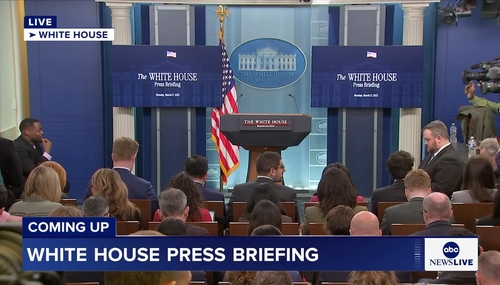
Kaye began: "This is what is Iraq's government calls the death chamber. Soon, Saddam Hussein will be here to meet the same fate as these men. This is what his final moments will look like. But we wanted to know what hanging will feel like. Will Saddam suffer in death?"
Kaye’s expert witness was forensic specialist Dr. Lawrence Kobilinsky, who theorized that there won’t be conscious suffering: "My suspicion is that there is no consciousness when a person is hung."
Kaye related that some countries and states still use hanging: "Hanging has been used for centuries, dating back 2,500 years to the Persian Empire. Today, it is still used in many Middle Eastern countries. In the United States, New Hampshire and the state of Washington still allow prisoners to be hanged...Serial child killer Westley Dodd was executed by hanging in Washington back in 1993. He told CNN he wanted to hang because that's how he killed one of his victims. The last hanging in the U.S. came three years after Dodd, in 1996, when convicted murderer Bill Bailey was hanged in Delaware. The outdoor gallows used in that execution were later torn down."
CNN then emphasized that Saddam won’t die immediately, the poor man: "At three minutes, the brain will be dead from insufficient oxygen." She complained to Kobilinsky: "With such a tight noose, three minutes seems like a very long time to actually cut off somebody's air."
Kobilinsky: "Well, it's a matter of the brain going into a -- a certain mode, where it tries to conserve energy and use whatever oxygen is available as efficiently as possible."
Kaye, reading dramatically: "When the brain runs out of oxygen, the person will be declared dead, even though the heart may beat for another 10 minutes."
On Thursday night, Anderson Cooper popped a question to Kaye that further underlined the grotesque:
Cooper: "This may be a dumb question. Why a hood? They often put a hood over people?" 
Cooper replied: "So, it seems to be more for people who are witnessing it, less than..."
Kaye: "He thinks it's -- right. He thinks it's actually either just part of the tradition or just to disguise what is, I'm sure, a very horrible, very disturbing face under that hood."
By the way, the rotating orange circle in the corner of the CNN screen Thursday night had "HANGING HUSSEIN" on one side, and on the other, "WILL IRAQ ERUPT?"




